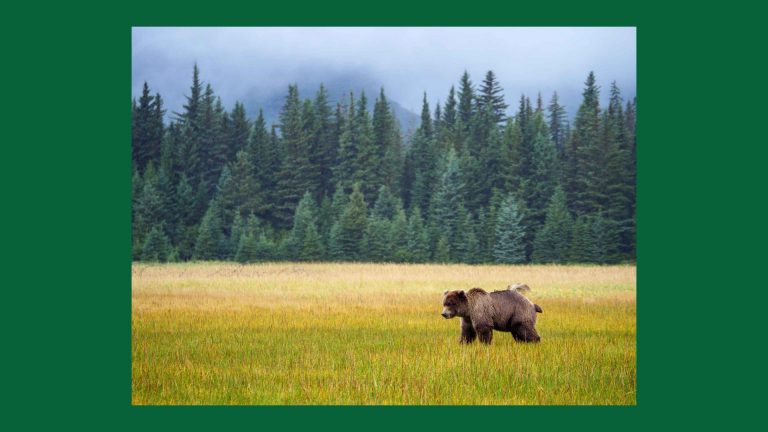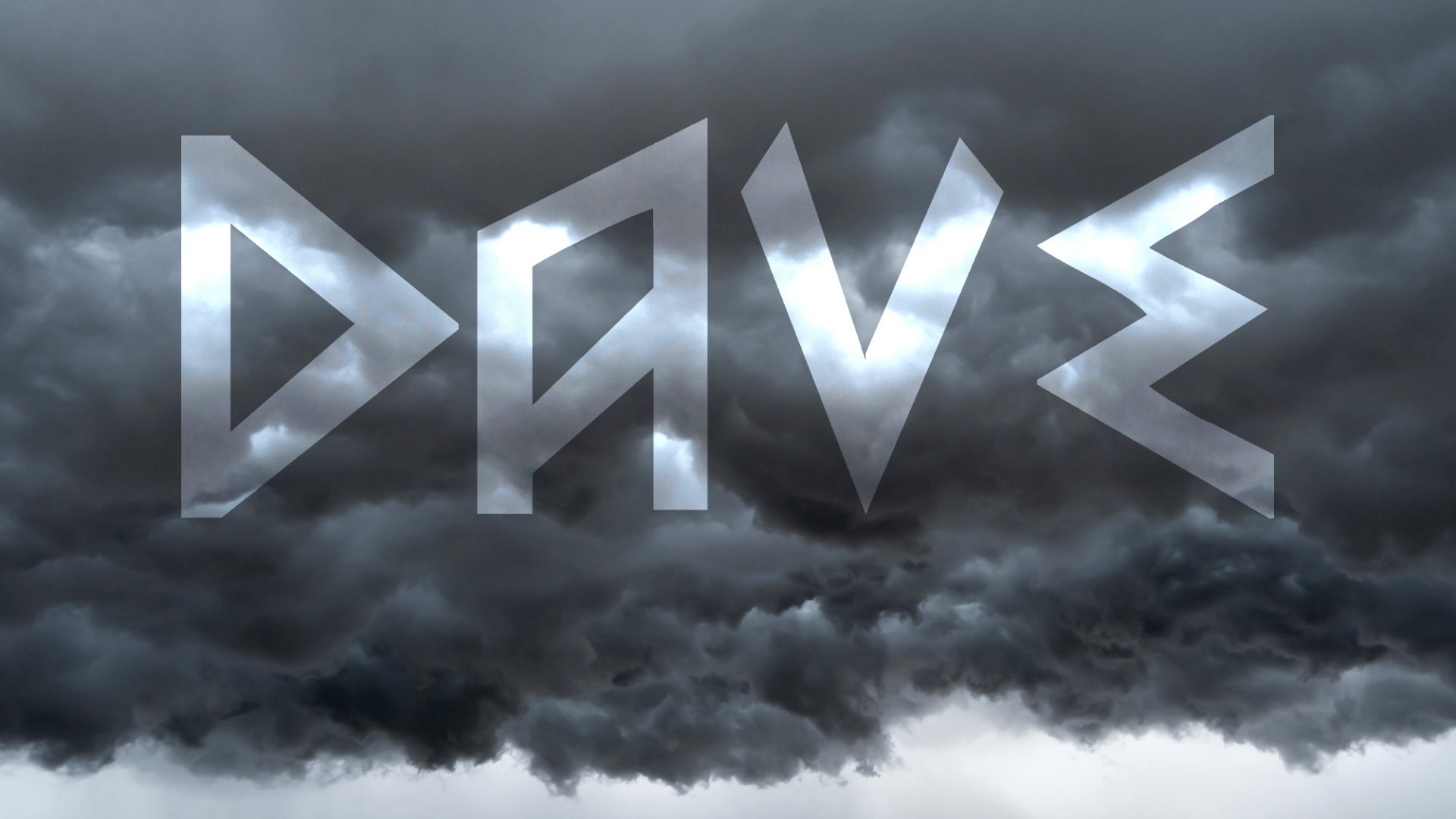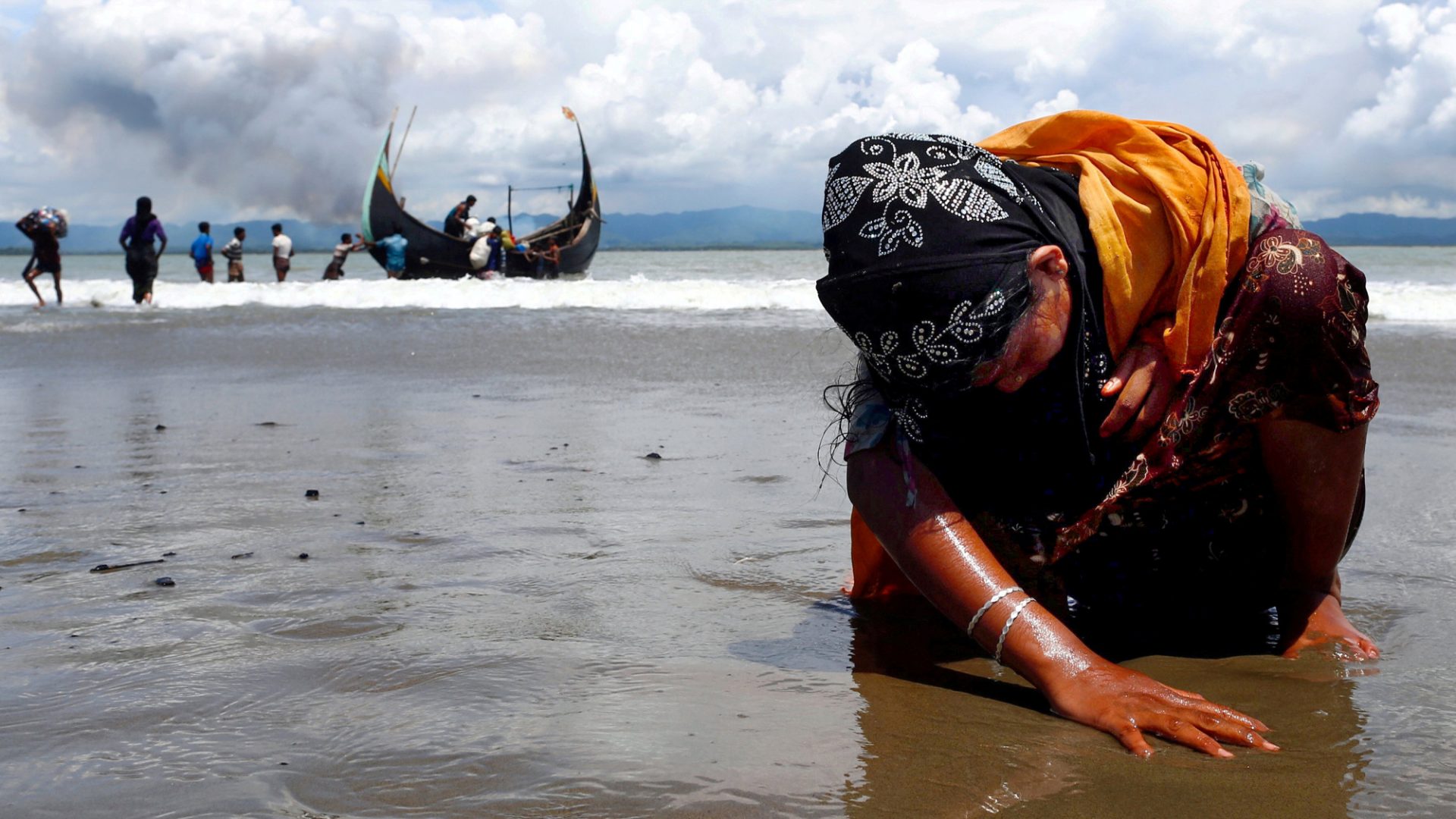1. At some point in the next 11 months, it is all but certain these islands will be battered by a storm with the unfortunate name of Dave. We do not yet know when Storm Dave will take place, how fast are his winds, how much damage he will do. But the odds of him not popping by are so slim as to be almost nil – because, for the 11th year running, the Met Office and its partner agencies in neighbouring countries have put together a list of 21 possible names for the next year’s worth of storms.
2. The tradition of naming violent rainy weather systems after people has a long history: in the colonial period, hurricanes hitting the Caribbean were often referred to by the name of the nearest saint’s day, such as the Santa Ana hurricane, which devastated the Lesser and Greater Antilles in late July 1825. (You can’t name storms after places because they have an annoying habit of moving about.)
3. In the last years of the second world war, USAF forecasters began naming tropical storms after their wives and girlfriends. This was a lark, obviously – but the US Weather Bureau dismissed it as inappropriate in a serious business like weather forecasting. Instead, from 1947, it began referring to hurricanes using the old version of the phonetic alphabet.
4. In the late summer of 1950, though, confusion reigned after Hurricanes Baker, Dog and Easy hit simultaneously. Two years later, the introduction of the new, and more familiar, phonetic alphabet meant confusion over whether to call it Hurricane Charlie or Hurricane Cocoa, and thus how many storms there were actually raging. So the authorities relented: on May 25 1953, Tropical Storm Alice became the first named in the modern tradition.
5. In May 1978 the World Meteorological Organization’s newly minted hurricane committee took control of the annual list of names. At the request of Jimmy Carter’s commerce secretary, Juanita Kreps, it became tradition to name half the storms after men, too.
6. The UK Met Office and Ireland’s Met Éireann decided to get in on the game, and thus raise awareness of the most dangerous weather systems, after the St Jude’s Day storm of October 2013 killed 17 people. The first named storm was Abigail, on November 10, 2015.
7. Since 2019, the Royal Netherlands Meteorological Institute (KNMI) has been part of the same system, on the grounds that most serious storms that hit the Netherlands tend to start somewhere to the west. This, in case you’re wondering, is why some of the names in contention sound a bit odd to British ears: because they’re actually Irish (Tadhg or Eunice) or Dutch (Franklin or Wubbo).
8. At the point when it becomes clear a storm system has the potential to do serious damage to life or property, it’s simply allocated the next name on the pre-agreed list.
9. Sometimes, you may have noticed, a storm seems to break this system by appearing out of alphabetical order: that means it’s crept over from a different group of European countries that put together their own lists. (Renaming storms when they cross arbitrary geographical boundaries would not help in the clarity stakes.) The most likely source of such interlopers are the south-western European group (Spain, Portugal, France, Belgium, Luxembourg) or the Northern European one (Denmark, Sweden, Norway).
10. There are other groups, further south and east, not to mention a bunch more naming storms or typhoons in entirely different parts of the globe – but storms emanating from these are vanishingly unlikely to reach these islands, and if they do we’ll all have bigger problems than being confused by the first letter of their name.
11. The decision to use a truncated alphabet, missing five letters (Q, U, X, Y and Z), is borrowed from the US. Historically, in the unlikely event that a single year brought more than 21 destructive storms to any given region, it would switch to the Greek alphabet – but since the 2020 hurricane season brought 30 storms, the authorities decided it might be good to have two lists of names ready each year, just in case.
12. No matter how short of names we get, though, there will never be another Hurricane Katrina: some hurricanes are so destructive that their names are retired from use, so they are forever associated with a particular event.
13. Hopefully we’re some way off ever needing two lists in this part of the world: the furthest down the alphabet we’ve made it so far is Storm Lilian, back in August 2024. The 2024-5 storm year only made it as far as Floris.
14. But that does, as noted, make Storm Dave all but inevitable.
Suggested Reading


Nerd’s Eye View: 17 things you need to know about bears
2025-26 storm season names:
Amy
Bram
Chandra
Dave
Eddie
Fionnula
Gerard
Hannah
Isla
Janna
Kasia
Lilith
Marty
Nico
Oscar
Patrick
Ruby
Stevie
Tadhg
Violet
Wubbo




